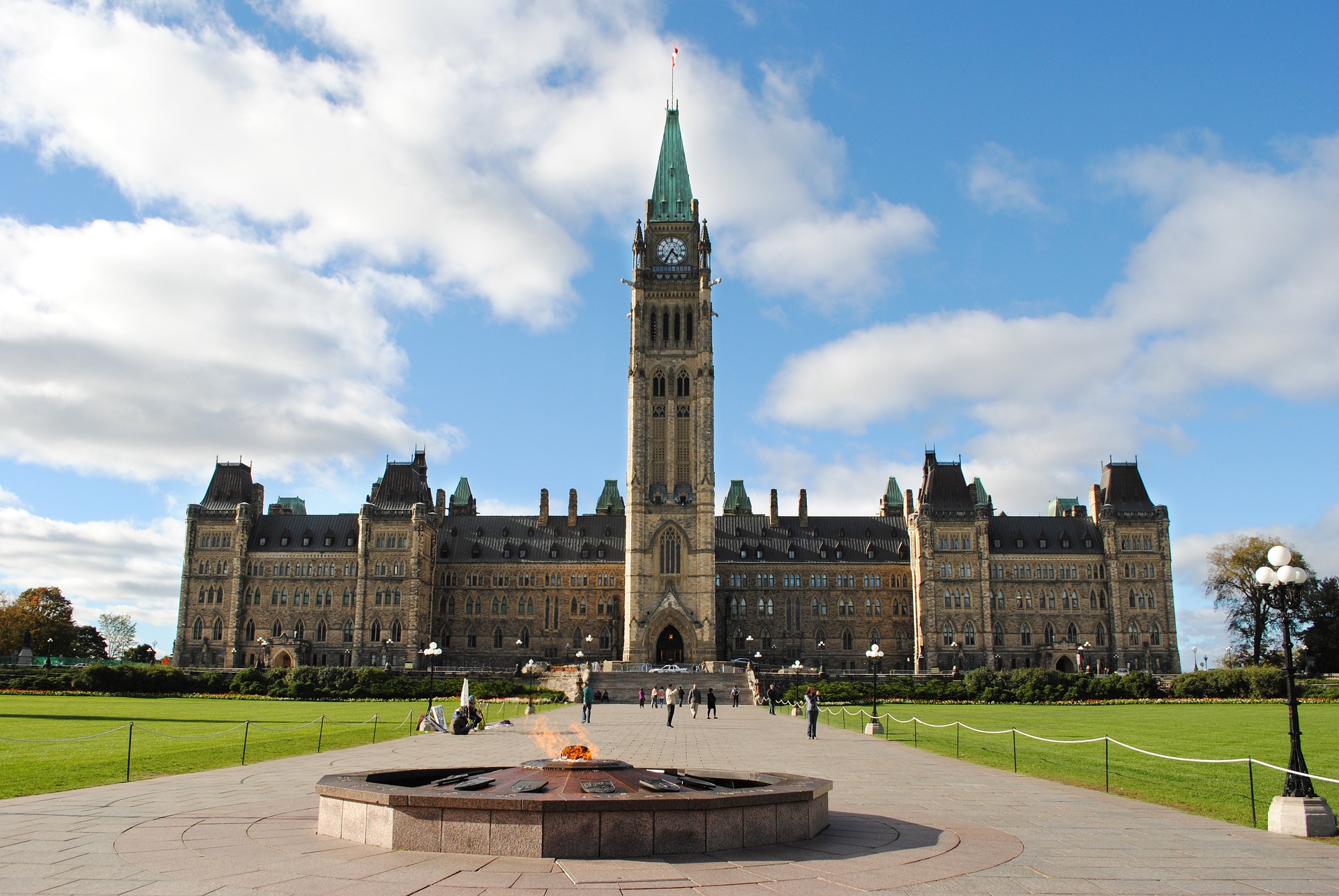
Canada’s Immigration Plan 2024 to 2026
Canada relies on high immigration levels to strengthen its economy and overcome demographic challenges. With one of the world’s oldest populations and a low birth rate, Canada faces economic and fiscal pressures, leading to low rates of natural population growth and subsequent challenges in the labour force and economic expansion. To counter this, Canada has been steadily increasing immigration levels since the late 1980s, now depending on it for most of the population and labour force growth and a substantial portion of economic growth. This proactive approach is crucial as Canada anticipates 9 million baby boomers reaching retirement age by 2030, resulting in a diminished workforce during a period of rising healthcare spending.
Despite regularly welcoming over 200,000 immigrants annually since 1988, recent years have seen Canada elevate immigration levels to over 400,000 per year, resulting in an immigration rate nearly three times that of the United States per capita. The demographic realities and ongoing trends indicate a probable continuation of this gradual increase in immigration levels. The importance of immigration has been accentuated by the COVID-19 pandemic, which has strained the Canadian economy and increased social services spending. With the birth rate already at a historic low and potential further decline due to economic uncertainty, immigration becomes even more critical for future population growth. As Canada strives to strengthen its tax base post-pandemic, immigration remains a crucial element in supporting government spending and ensuring a healthy economy and fiscal stability.
On November 1, 2023, the Minister of Immigration, Refugees and Citizenship introduced the 2024-2026 Immigration Levels Plan for Canada, which emphasizes the vital role of immigration in driving the country’s economy, particularly in addressing labour shortages and supporting sectors such as health care, transportation, and home building. The plan aims to balance promoting economic growth and addressing housing, healthcare, and infrastructure challenges. It maintains a target of 485,000 permanent residents for 2024, progressing towards reaching 500,000 in 2025–the 2024 target of 485,000 new immigrants represents 1.2% of Canada’s current population. Starting in 2026, the government plans to stabilize permanent resident levels at 500,000. Key features of the plan include a focus on economic growth, with over 60% of permanent resident admissions allocated to the economic class by 2025. Additionally, the plan commits to upholding Canada’s humanitarian tradition by responding to global crises and introducing ambitious Francophone immigration targets to strengthen Francophone communities outside Quebec.
Minister Marc Miller states that the plan aims to strike a balance between growing Canada’s economy, maintaining its humanitarian tradition, supporting Francophone immigration, and adopting a collaborative approach to level planning with partners. The Canadian government has also emphasized collaboration with provinces, territories, employers, stakeholders, and Indigenous peoples to adapt to immigration-driven population growth and enhance the immigration system for newcomers, businesses, and communities. The plan acknowledges the progress made in the past year through digital systems and improved client service, which have increased processing capacity and reduced application backlogs.




